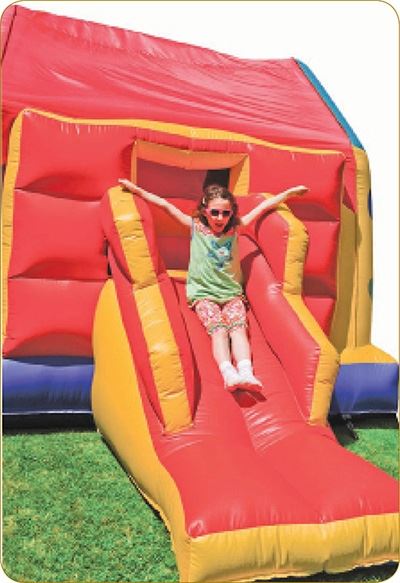New PVC Resins Are 'Better Problem Solvers' for Plastisols
It’s relatively rare that a new PVC resin grabs the headlines, but here’s one that could be big news for plastisol formulators and processors.
It’s relatively rare that a new PVC resin grabs the headlines, but here’s one that could be big news for plastisol formulators and processors. PolyOne Corp., Cleveland, has launched the Geon FIT (Formulation Improvement Tool) family of homopolymer resins for across-the-board use in plastisol applications of 3 to 4 mils (75 to 100 microns) or greater thickness. As a replacement for conventional blending resins, Geon FIT is said to offer improved product quality and cost savings through reduced scrap and ability to use higher filler loadings without performance penalties.
BETTER THAN BLENDING RESINS
Plastisol formulators think of blending resins as tools to reduce gloss, control viscosity aging, improve air release, and reduce both high-shear and low-shear viscosity. However, they know that these benefits come at some sacrifice of mechanical properties in the finished plastisol. New Geon FIT resins not only do a better job of providing the usual benefits of blending resins, but they do so with no tradeoff in mechanical performance, according to Ralph Purtell, sr. product manager for Specialty Resins at PolyOne (polyone.com).
He says Geon FIT resins can be used as 1:1 replacements for standard blending resins or for base dispersion resins in formulations that do not include blending resins. Replacing the usual blending resins with Geon FIT can boost mechanical properties up to 30%, says Purtell. He notes that while adding just 5 to 10 phr of Geon FIT can improve air release, typical use level is 20 to 40 phr.
MORE FILLER = LOWER COST
Geon FIT resins make use of proprietary changes to the resin particle chemistry. They cost more than standard blending resins, but make up for that in several ways. Besides helping to reduce scrap by increasing plastisol shelf life and reducing defects from air entrapment, Geon FIT resins reportedly can potentially cut costs by increasing coating rates due to lower viscosity and allowing downgauging thanks to higher mechanical properties. The new resins can cut costs in another way, too: They are said to allow use of higher filler loadings without loss of mechanical properties. In PolyOne’s lab tests, a plastisol with a starting filler level of 20 phr was loaded up to 60 phr filler without performance tradeoffs.

Related Content
-
K 2022 Additives & Materials: Sustainability in the Lead
Nearly all of the new additives highlighted at the big show are aimed at enhancing recyclability of commodity resins and some volume engineering resins such as nylon and PC. A few new materials, on which we had not previously reported, also surfaced at K 2022.
-
Graphene-Enhanced Stretch Film Billed as 'World First'
Thinner, stronger films to be commercialized by Brazil’s Packseven in August.
-
Additives Boast Sustainability Without Sacrificing Performance
Sustainability continues to dominate new additives technology, but upping performance is also evident. Most of the new additives have been targeted to commodity resins and particularly polyolefins.

















